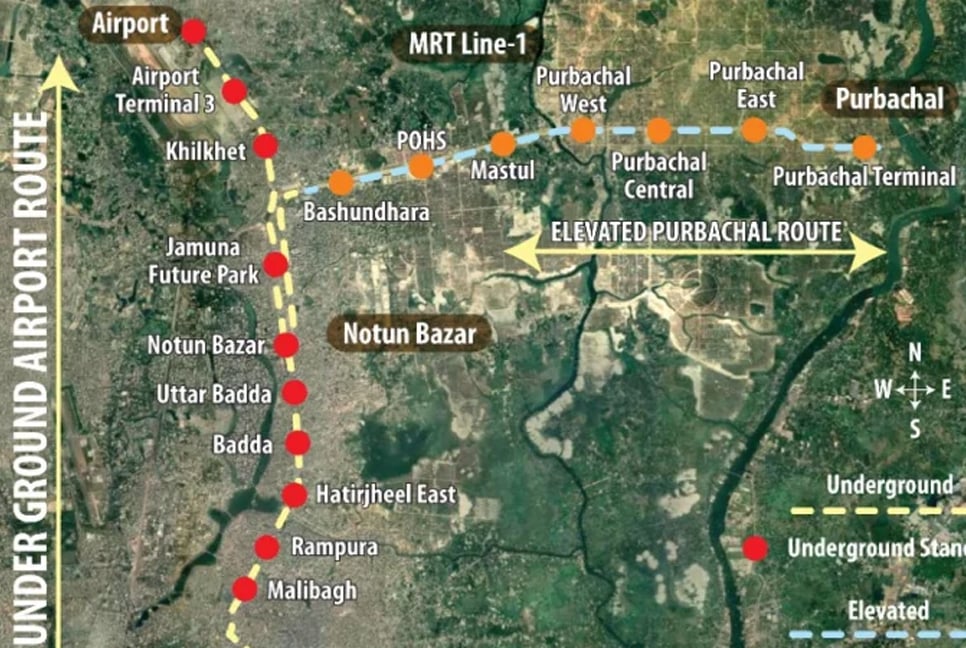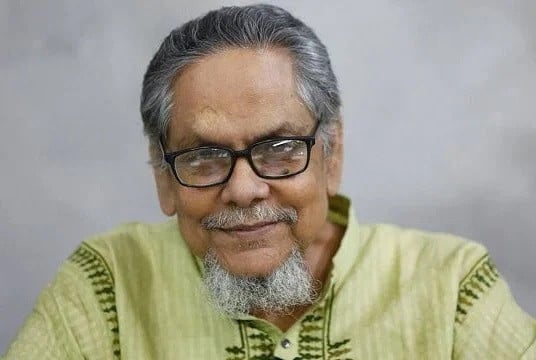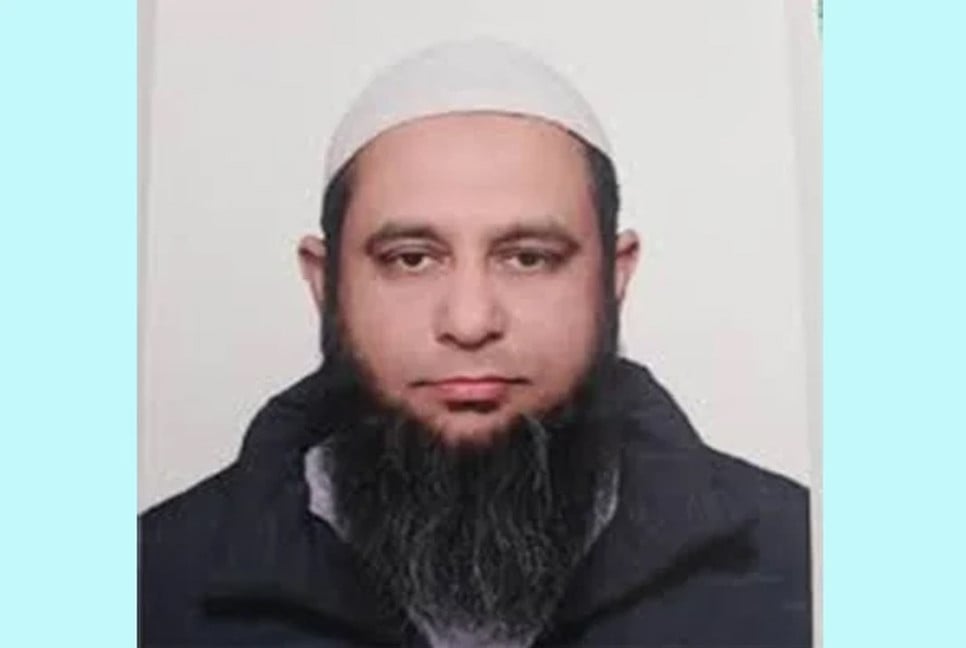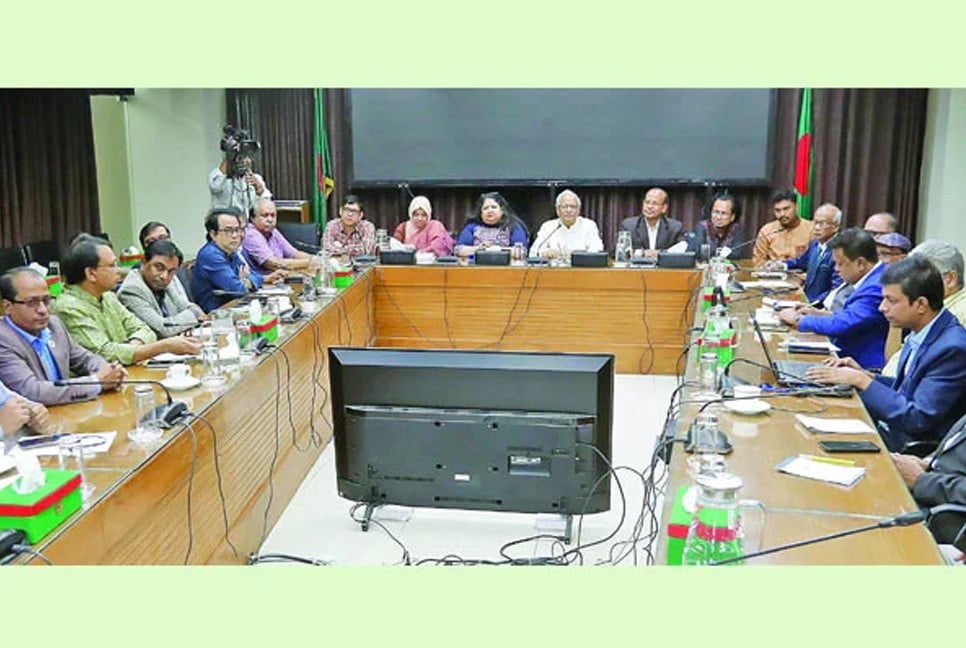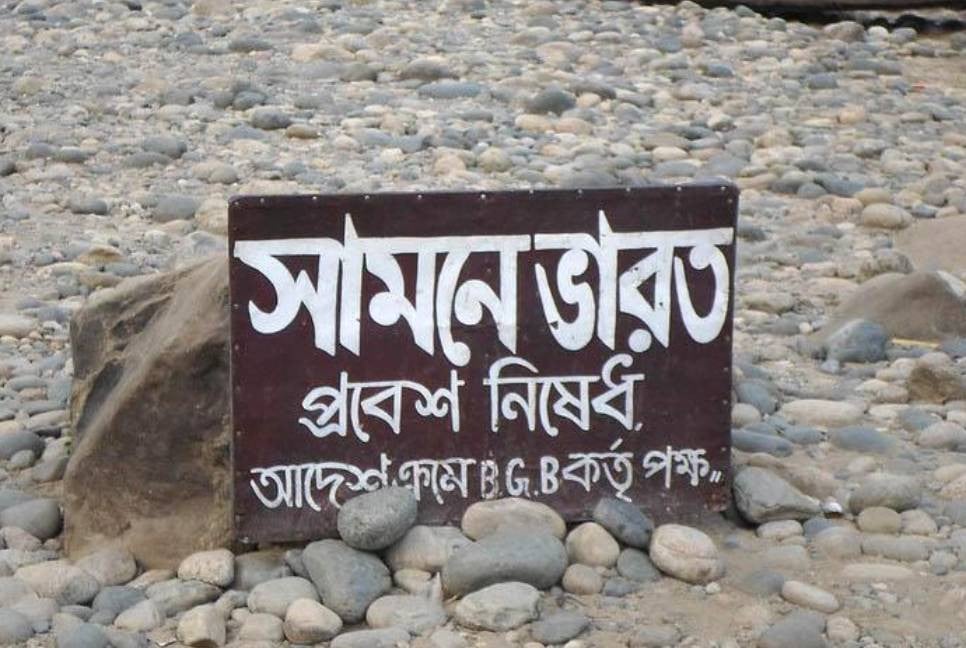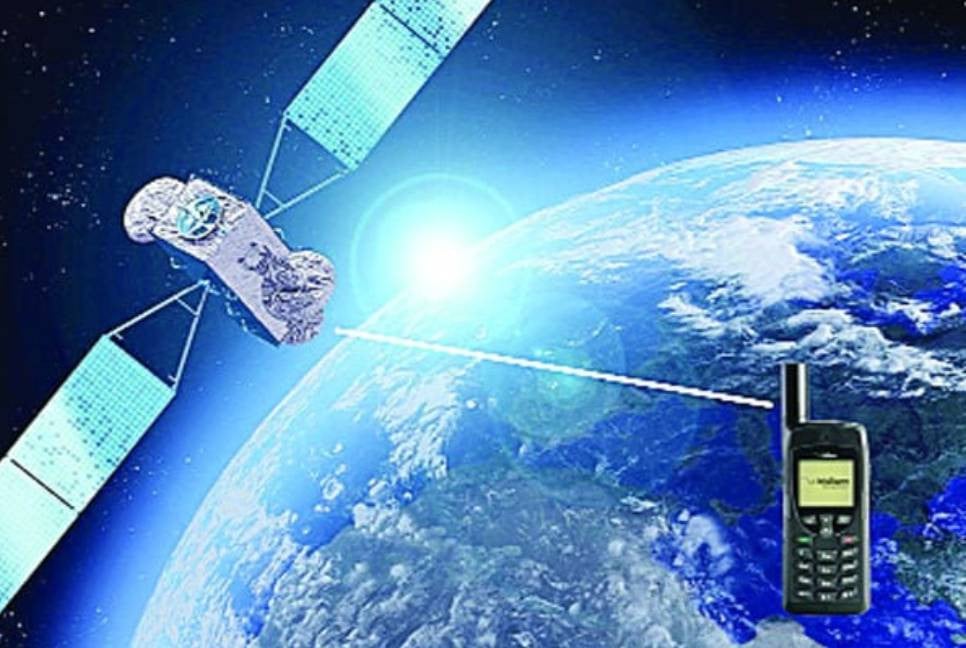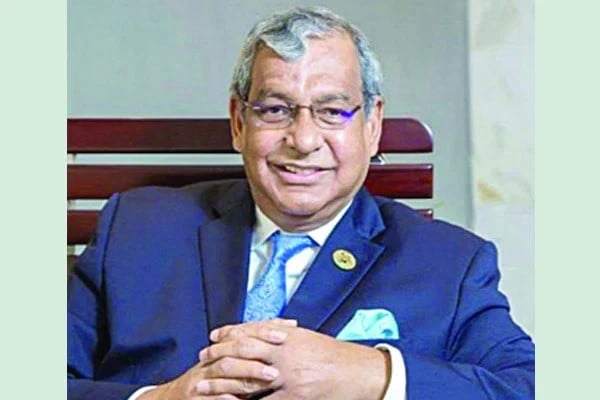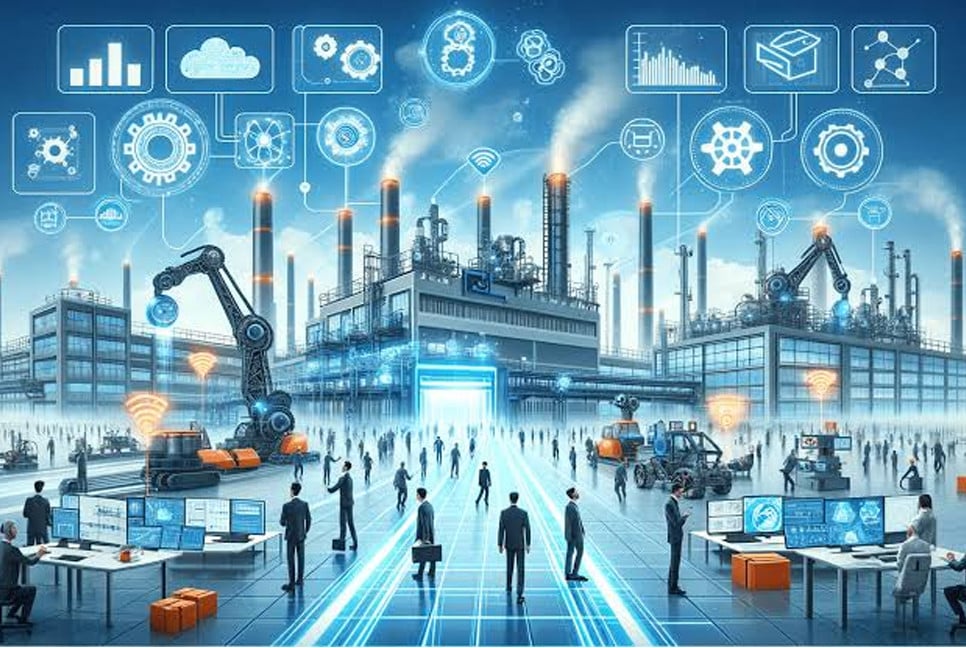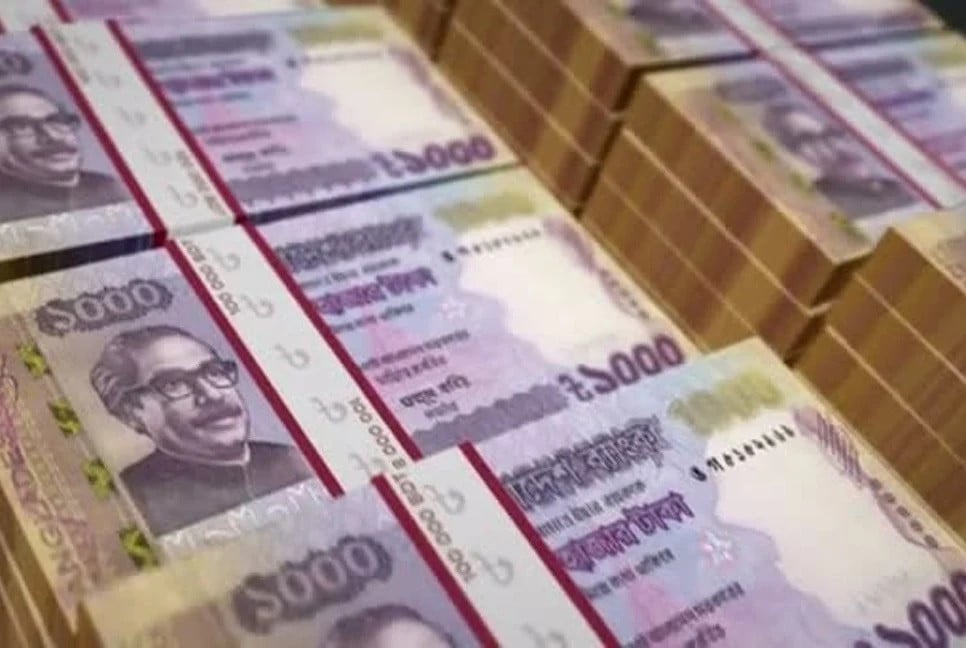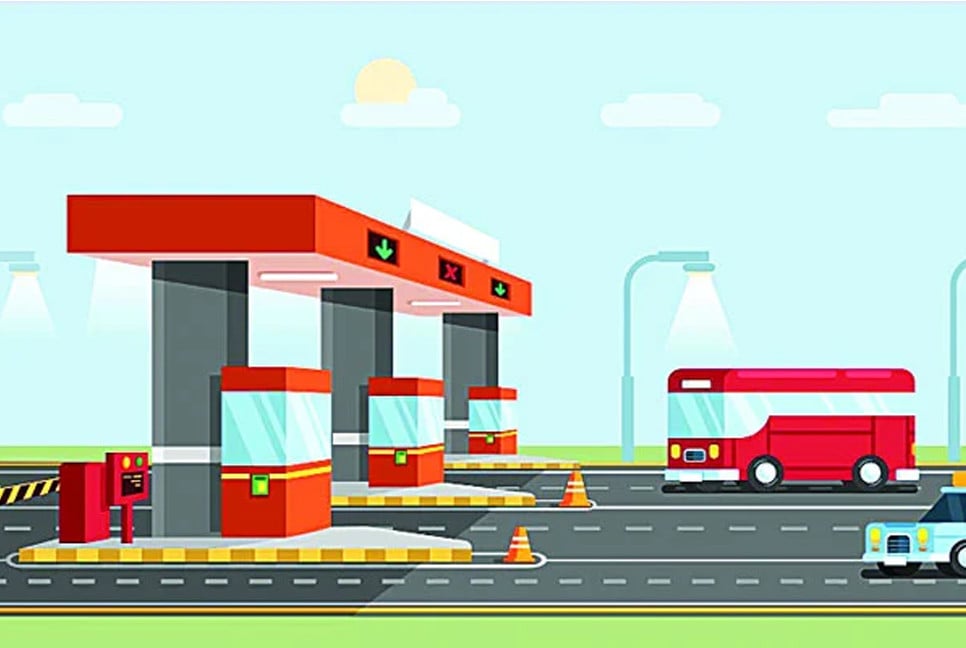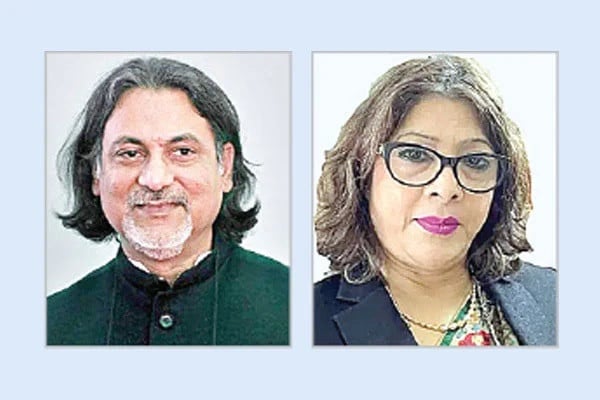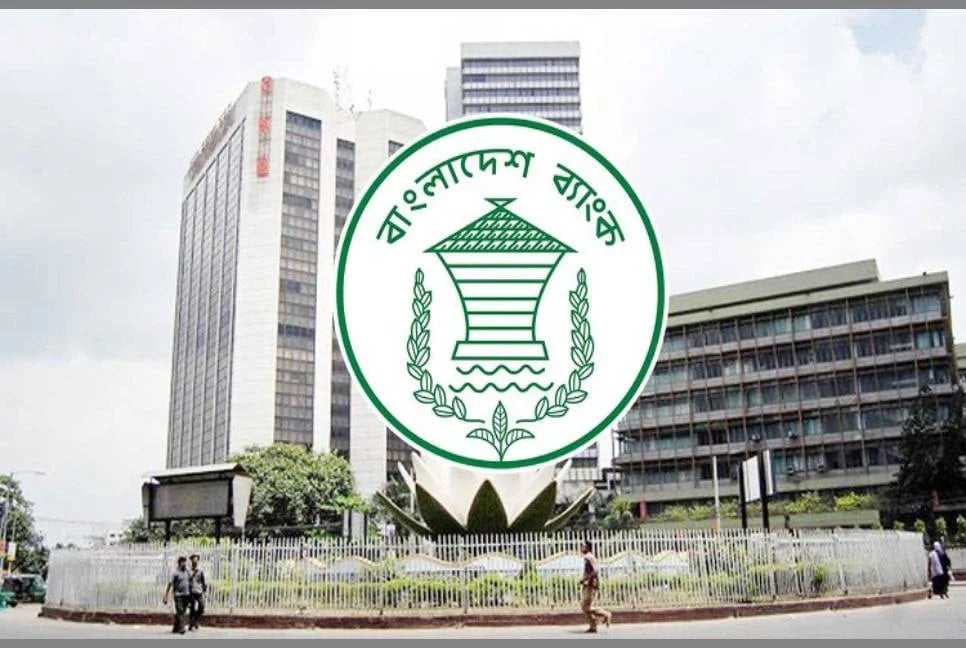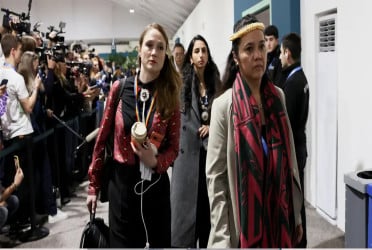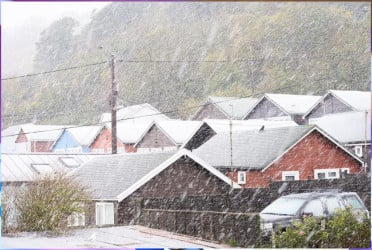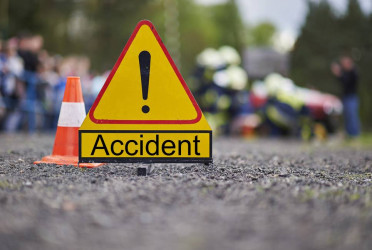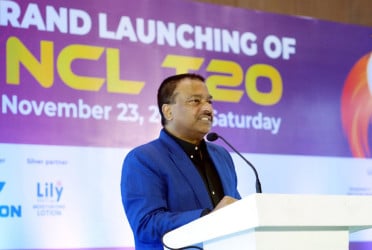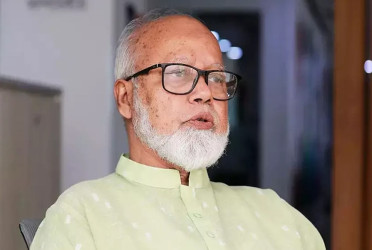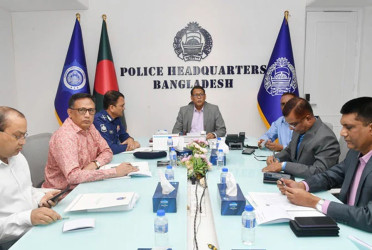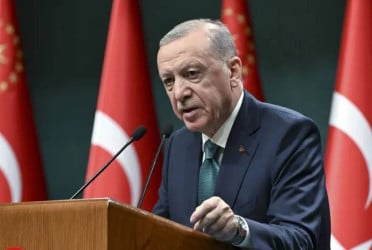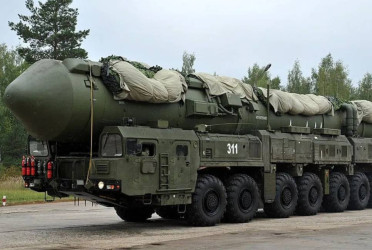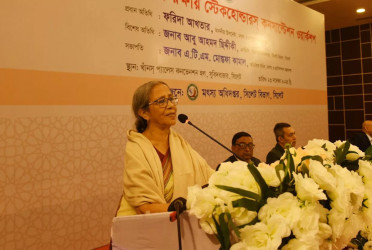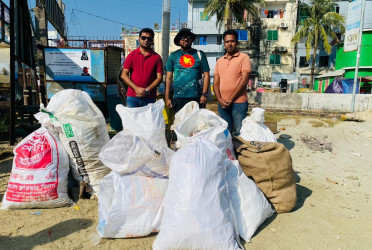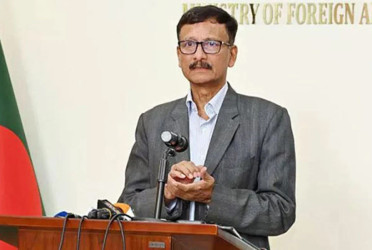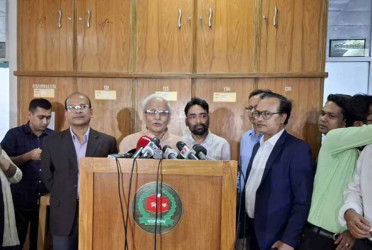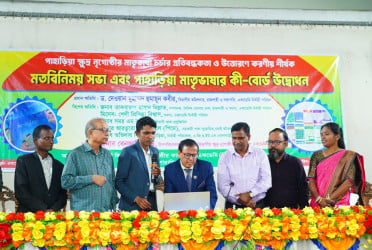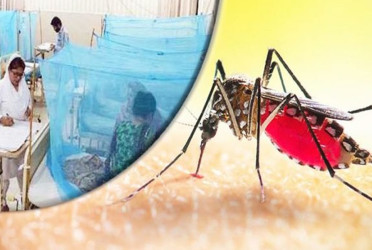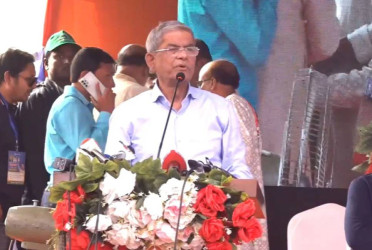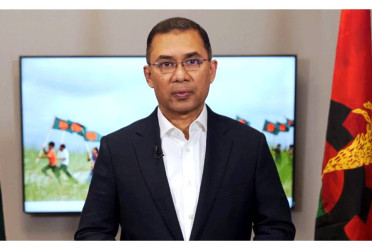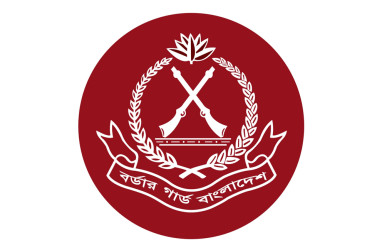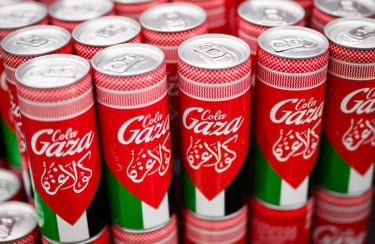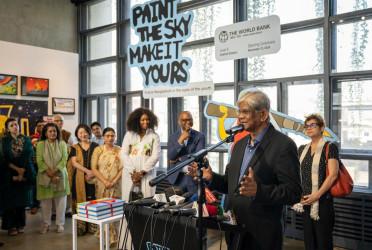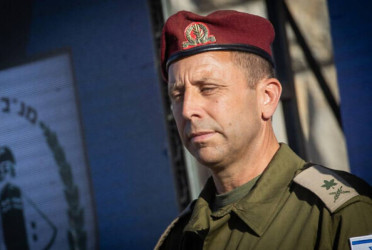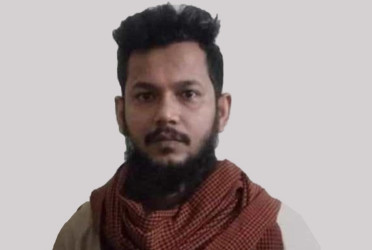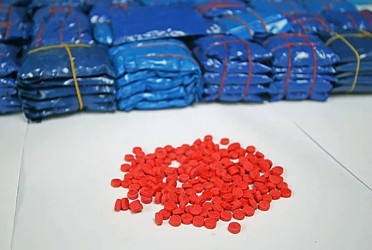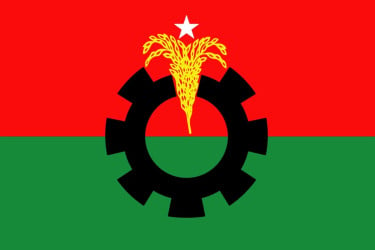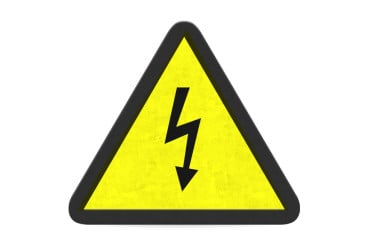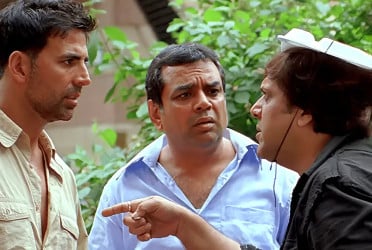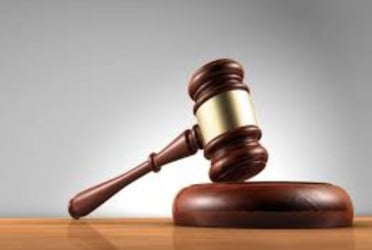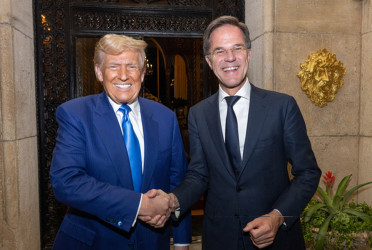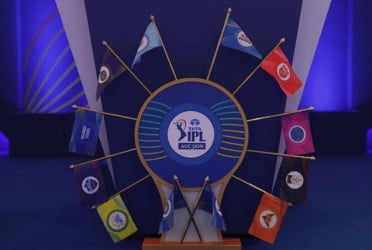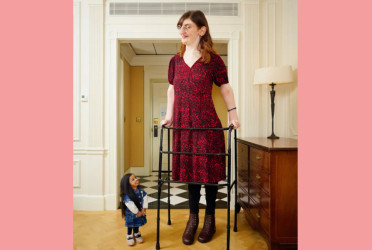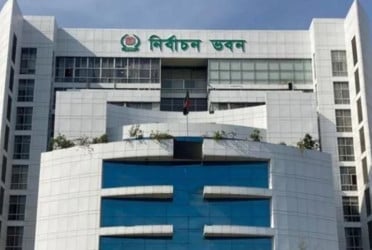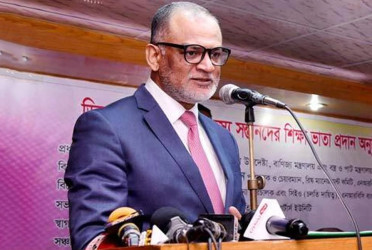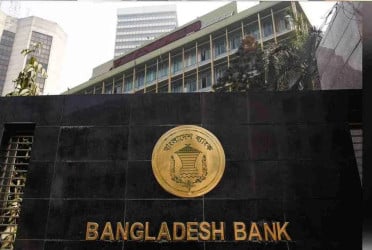In a bid to alleviate Dhaka's persistent traffic congestion and revolutionize the city's communication infrastructure, an underground rail system is set to operate along five distinct routes.
Notably, Line-1 of the Metrorail will cover a subterranean distance of 19.87 km, connecting the airport to Kamalapur of the city. Commencing mainline operations in September of this year, the extensive work on this line is already underway, with concurrent development at the depot.
As per the strategic plans outlined by Metrorail authorities and the construction company involved, the Airport-Pitalganj route is slated for inauguration by the close of 2026. The subterranean stretch of Line-1 will seamlessly link to the anticipated third terminal at the airport, promising enhanced connectivity.
Meanwhile, Prime Minister Sheikh Hasina has issued directives to expedite the project's completion, with a specific emphasis on facilitating the swift conclusion of the third terminal at the airport.
According to Metrorail authority Dhaka Mass Transit Company Limited (DMTCL), all routes including the Northern and Southern of line 1, 2, 4, and 5 will be flyover and underground combined.
In this, Dhaka will be taken as a state-of-the-art city in tune with the modern world. Already, Metrorail Line-6 from Diabari in Uttara to Motijheel has been fully operational. The train schedule has also been extended from 7.10 am to 8.40 pm. This has been done according to the needs of the city dwellers.
The schedule may be further extended on the occasion of upcoming book fairs and trade fairs. The residents of the city have already started getting the benefits of Metrorail Line-6. Especially residents and office goers of Uttara, Mirpur, Motijheel, and Farmgate areas have left private cars and public buses and started traveling by metro rail. It has eased their communication system, and reduced time distance. They are freed from long traffic jams.
DMTCL Managing Director MAN Siddique said, “Our plan is to complete all the routes by 2030. However, among the lines that are in progress, the work of Line 1 is progressing rapidly. He expressed hope that the work of this project will be completed before the specified time.”
Routes on which the underground rail will run: There will be a total of 12 stations in the 19.87 km subway section from the airport to Kamalapur. Line 5's northern route is 13.50 kilometers from Aminbazar to Natunbazar. There will be 9 stations in this section. Line-5 Southern Gabtali to Aftabnagar is 13.10 km underground. There will be 11 stations in this section.
The underground rail will run in almost half of the Narayanganj route through the Gabtali-Newmarket-Gulistan-Kamalapur-Signboard of Line-2. Kamalapur-signboard of Line-4 underground rail will run almost half of the way up to Madanpur in Narayanganj district.
The third terminal of Hazrat Shahjalal International Airport will be fully operational in October. Meanwhile, Metrorail Line-1 will be directly connected with this terminal. Which is going to be known as the underground rail. Through this, Bangladesh will enter the underground rail era.
The Prime Minister's Office has directed to speed up the work of this subway to complete the third terminal with modern facilities. Because passengers using the third terminal can take advantage of the underground rail directly. Through which one can get out of the terminal and enter the city through underground rail. Again one can fly to the third terminal through it. Communication will be very easy. Analysts believe that time will also be saved.
Two routes are being constructed under Metrorail Line-1. A route from Hazrat Shahjalal Airport Third Terminal to Kamalapur is a 19.87 km segment. It will go underground. 11.36 km railway line from Natunbazar to Purbachal will be on the flyover. The cost of implementing the project has been estimated at 52 thousand crore taka. The implementation period of the project has been fixed till 2026. The work progress of package 1 of this part has been 29 percent.
Apart from this, it is said that the tender for the work of the remaining 11 packages is under process.
The implementation of Line 1 is progressing rapidly. However, during the implementation of Line 6, the suffering that the people of Dhaka had to bear would not have happened in the construction of the underground rail. Because all the work of laying the rail line will be done underground.
As a result, there will be no impact on the roads. Apart from this, most of the cities in the world where Metrorail is successful and popular are underground. Of course, they are known as subways.
According to the Line-1 progress report on DTMCL's website, the MRT Line-1 project will have two lines. From Hazrat Shahjalal Airport to Kamalapur, this subway will have 12 railway stations. The designated locations of the stations include – Kamalapur, Rajarbagh, Malibagh, Rampura, Aftabnagar, Badda, North Badda, Natunbazar, Narda, Khilkhet, Airport Terminal-3 and Airport.
The other part of MRT Line-1 is on the runway from Natunbazar to Purbachal. There will be 7 stations. Their designated places are Joarsahara, Boalia, Mastul, Sheikh Hasina Cricket Stadium, Purbachal Central, Purbachal East and Purbachal Terminal. The length of the MRT Line-1 project will be 31.241 km. The implementation of this project will cost 52 thousand 561 crores taka. Japan International Cooperation Agency (JICA) is giving 40 thousand crore taka. The remaining 12 thousand 561 crores will be spent by the Bangladesh government.
If MRT Line-1 starts operation, 8 lakh passengers will be able to travel on this route every day. It will take 24.30 minutes to reach Kamalapur from the airport. It will take 20.35 minutes to reach Purbachal from Natunbazar. Each underground station of MRT Line-1 will have three floors. The ticket counter and other facilities will be in the first basement. The platform will be in the second basement. Flyover station ticket counter and platform will be on the third floor. There will be lifts, stairs, and escalator facilities at both stations for the movement of passengers. The stations will have additional ventilation systems to maintain an adequate flow of air and oxygen.
(The report was published on print and online versions of The Bangladesh Pratidin on January 22 and rewritten in English by Tanvir Raihan)

